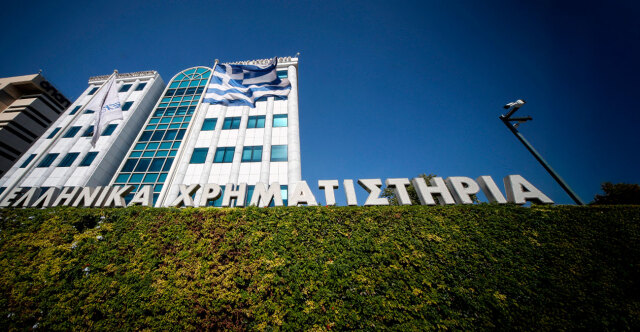Tourism | What’s happening in Mykonos and Santorini this year?
Source: Tornos News
- The Greek tourism map is shifting – Decline in international demand, rise in domestic travel, and questions about the future
Mykonos and Santorini are two of Greece’s most iconic tourist destinations, known worldwide for their appeal. However, the summer of 2025 brings new dynamics, with a noticeable drop in international arrivals and changes in traveler behavior. The numbers and trends reflect a more complex reality, forcing tourism bodies and professionals to reconsider their strategies.
Tourism Snapshot: Mykonos and Santorini
According to INSETE data, the Cyclades are facing a significant downturn this year, with Santorini leading in the decline of international arrivals – down 19% compared to last year. SETE estimates a total drop in Santorini’s tourism traffic for June at around -10% to -15%. Mykonos, despite an 8% decrease in international air arrivals through April, showed signs of recovery with a 2% increase in June.
Ferryhopper data confirms this trend. Santorini shows a 7% drop in ferry bookings, while Mykonos remains stable compared to 2024. Additionally, Google searches for routes like “Piraeus – Santorini” and “Mykonos – Santorini” fell by 16% and 25% respectively, while Mykonos saw a slight +2% increase in related searches.
International Demand Declines
Santorini’s key markets – USA, Canada, and Australia – are showing negative trends. Ferry bookings from the USA dropped by 5%, from Australia by 6%, and from Canada by 2%. The drop is sharper from other European markets, such as France, with a 20% decline.
Mykonos seems to be performing better in the US market but saw a 10% decline from Australia and 22% from Canada. Still, total bookings remain close to last year’s levels due to stronger domestic demand.
According to the Hellenic Chamber of Hotels (POX) and platforms like Airbnb, demand for Santorini has been slowing since the beginning of the year, with drops of up to 20% during certain periods. Recent seismic activity in the region may also have contributed to traveler uncertainty.
The Rise of the Domestic Market
In contrast, the domestic (Greek) market is supporting both islands. Bookings by Greek travelers to Santorini are rising, while Mykonos is seeing even greater domestic growth. This shift is a positive development, although it cannot fully offset the decline from international markets.
Google search trends back this up. Between April and June 2025, searches for routes like “Piraeus – Hydra” and “Piraeus – Naxos” rose by 11% and 10%, surpassing traditional power routes like “Piraeus – Santorini” or “Piraeus – Paros”.
Reasons for the Decline
Beyond geological concerns (e.g., earthquakes in Santorini), there’s a broader sense of fatigue, largely due to high prices and over-tourism in recent years. Economic uncertainty, expensive service charges, and stronger competition from other island destinations are also affecting travel decisions.
Many visitors now delay their bookings until closer to departure dates, with value-for-money becoming a major decision factor. According to Google, 67% of European travelers say they scrutinize all details before finalizing their vacation plans.
What’s Next – The “Shoulder Season”
While summer has brought stagnation for Mykonos and a downturn for Santorini, the growing trend of off-peak travel offers hope for recovery in the fall. The European Travel Commission (ETC) and international outlets like The Guardian note that more travelers are choosing spring and autumn to avoid extreme summer temperatures.
At the same time, the increasing use of artificial intelligence in trip planning is helping users get more personalized recommendations, which is leading to new travel and spending habits.
Conclusion
Mykonos and Santorini remain strong pillars of Greek tourism, but the 2025 summer season highlights shifting traveler behavior. A decline in international demand, growing domestic presence, and rising competition from other islands are reshaping the tourism landscape.
The key for the future lies in flexibility, strategic diversification, and adapting to a new generation of travelers who seek authenticity, quality, and experiences worth their investment.
The original article: belongs to Tornos News .



